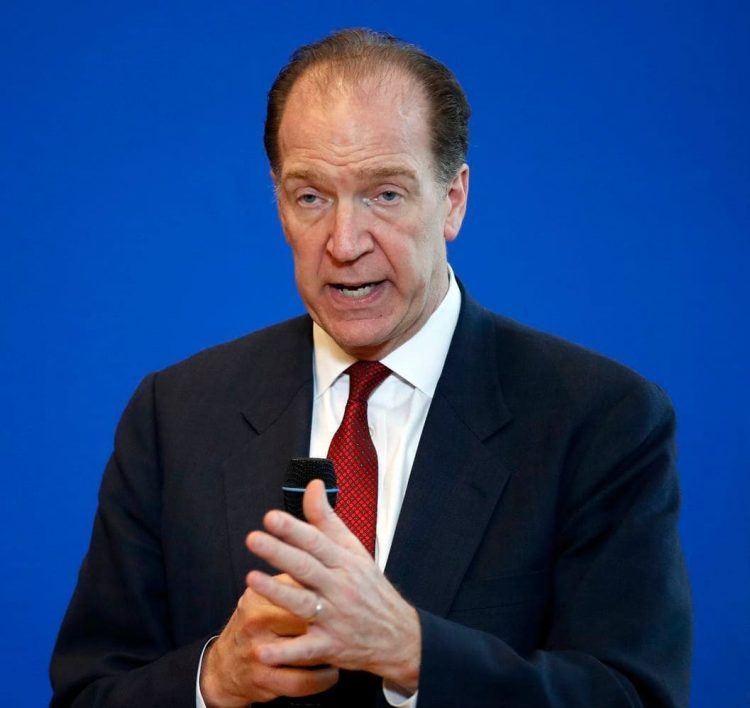The war in Ukraine, lockdowns in China, supply-chain disruptions, and the risk of stagflation are hammering growth, the World Bank President, David Malpass said said.
Compounding the damage from the COVID-19 pandemic, the Russian invasion of Ukraine has magnified the slowdown in the global economy, which is entering what could become a protracted period of feeble growth and elevated inflation, according to the World Bank’s latest Global Economic Prospects report.
This raises the risk of stagflation, with potentially harmful consequences for middle- and low-income economies alike.
Global growth is expected to slump from 5.7 per cent in 2021 to 2.9 percent in 2022— significantly lower than 4.1 per cent that was anticipated in January.
It is expected to hover around that pace over 2023-24, as the war in Ukraine disrupts activity, investment, and trade in the near term, pent-up demand fades, and fiscal and monetary policy accommodation is withdrawn.
As a result of the damage from the pandemic and the war, the level of per capita income in developing economies this year will be nearly 5 percent below its pre-pandemic trend.
“The war in Ukraine, lockdowns in China, supply-chain disruptions, and the risk of stagflation are hammering growth. For many countries, recession will be hard to avoid,” Malpass said.
“Markets look forward, so it is urgent to encourage production and avoid trade restrictions. Changes in fiscal, monetary, climate and debt policy are needed to counter capital misallocation and inequality.”
The June Global Economic Prospects report offers the first systematic assessment of how current global economic conditions compare with the stagflation of the 1970s—with a particular emphasis on how stagflation could affect emerging market and developing economies.



